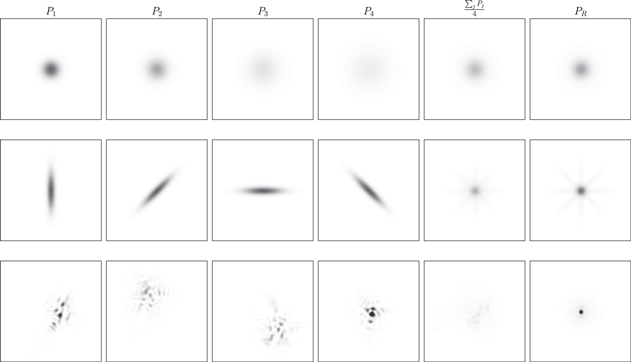We are developing algorithms for signal processing in astronomy. Currently, we are attempting to improve the performances of ground-based astrometric and photometric measurements. Furthermore, we are working on methodologies for identifying lensed quasars and measuring their time delays in order to make them into efficient cosmological probes.
Past highlights include:
- The proper image subtraction algorithm (Zackay, Ofek, Gal-Yam 2016; a.k.a ZOGY).
- The proper image coaddition algorithm (Zackay & Ofek 2017a,b).
-
Measuring time delays: I. Using a flux time series that is a linear combination of time-shifted light curves (Springer & Ofek 2021a)
-
Measuring time delays: II. Using observations of the unresolved flux and astrometry (Springer & Ofek 2021b)
-
The Fast-Dispersion Measure Transform (FDMT; Zackay & Ofek 2017c).
- Machine learning based weak-lensing estimator that incorporates information on galaxy shapes (Springer et al. 2018).
- A matched filter for a signal with Poisson noise (Ofek & Zackay 2018).
- The optimal and efficient streaks detection for astronomical images (Nir, Zackay, Ofek 2018).
- Investigating the advantages of telescopes with asymmetric pupil (Nir, Zackay, Ofek 2019).
- A least square solution for the relative photometry problem (Ofek et al. 2011).
- A robust method for astrometry of astronomical images (Ofek 2019).
 |
Image illustrating the point-spread functions (PSF) of properly added images. The four left columns: individual simulated PSFs. Second from the right: regular equal weight coaddition. Right: the PSF of the proper coaddition image. On top: Gaussian PSFs. Middle: PSFs are elliptical Gaussians with various orientations. Bottom: simulated speckle PSFs, 20 images were coadded, but only 4 of the original images are displayed. Coadded images in the same row are displayed with the same color map (see Zackay & Ofek 2017b for details). |


